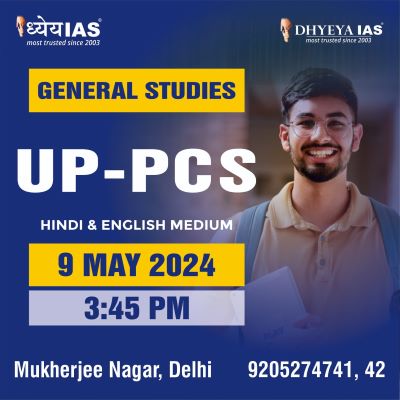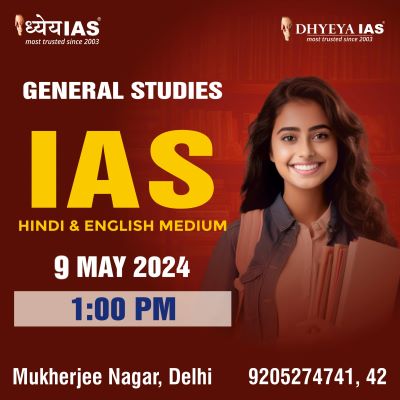Current Affairs Brain Booster for UPSC & State PCS Examination
Topic: Kamdhenu Deepavali Campaign

Why in News?
- Encouraged by the response to Gaumaya Ganesha Campaign which encouraged usage of eco-friendly material in manufacture of idols for the Ganesha Festival based on the appeal made by Prime Minister Shri Narendra Modi, Rashtriya Kamdhenu Aayog (RKA) has started a nation- wide campaign to celebrate “Kamdhenu Deepawali Abhiyan” this year on the occasion of Deepawali festival.
The Campaign
- Through this campaign, the RKA is promoting extensive use of cow-dung/Panchgavya products during this Diwali Festival. Manufacture of Cow dung based Diyas, Candles, Dhoop, Agarbatti, Shubh-Labh, Swastik, Samrani, Hardboard, Wall-piece, Paper-weight, Havan samagri, Idols of Lord Ganesha and Goddess Lakshmi for this year’s Diwali festival has already started.
- RKA aims reaching 11 crore families to ignite 33 crore Diyas made of cow-dung during this year’s Deepawali festival.
- Apart from generating business opportunities to thousands of cow-based entrepreneurs/farmers/women entrepreneurs, the use of cow-dung products will lead to cleaner and healthier environment. It will help in making Gaushalas ‘Atma Nirbhar’ too.
- By providing an environment friendly alternative to Chinese made Diyas, the campaign will boost up Make in India vision and mission of Prime Minister Shri Narendra Modi and also promote ‘Swadeshi’ movement while reducing environmental damage.
About the Aayog
- The Government of India has constituted the “Rashtriya Kamdhenu Aayog” to organize animal husbandry on modern and scientific lines and to take steps for preserving and improving breeds, and prohibiting the slaughter, of cows and calves and other milch and draught cattle.
- Its objective includes the conservation, protection and development of cows and their progeny; for proper implementation of laws with respect to prohibition of slaughter and / or cruelty to cows and for giving direction to the cattle development programmes.
- As per 2012 livestock census, India has 300 million bovine population; out of this 191 million are cattle (cows) and 108.7 million buffaloes. The cattle and buffalo genetic resource is constituted by 43 breeds of cattle and 16 breeds of buffaloes. Among the bovine population, 216 million are females and 84 million are males. 5.2 million cattle are abandoned as per livestock census 2012.
- India is the global leader in milk production with peak milk production of 176.35 MMT during 2017-18.
Policy Enabler
The Rashtriya Kamdhenu Aayog will provide enabling environment, develop a policy framework and shape guidelines aimed at achieving following:
- Sustainable development and genetic upgradation of genetic resources of cows in India.
- Conservation and development of Indigenous Breeds of cows and improved management of cows of the country.
- Enhanced production and productivity throughout country, leading to higher farm income and better quality of life for the dairy farmers.
- Protection and promotion of the interest of dairy cooperatives, Livestock Development Agencies, farmer producer companies and dairy industries in the country.
- Effective implementation of laws for welfare of the cows and its progenies in the country and proper working of Gaushals, Gosadans and Pinjrapoles and other organizations/ institutes for protection and development of cows and their progenies.
Need for RKA
- Livestock economy sustains nearly 73 million households in rural areas.
- Even though, the country is largest producer of milk, the average milk yield in India is only 50% of the world average.
- The low productivity is largely due to deterioration in genetic stock, poor nutrition and unscientific management.
- The trend needs to be reversed and popular perception about cow and cow based agriculture and cow based industry need to be corrected immediately for social and economic rejuvenation of society particularly poor in rural areas.























